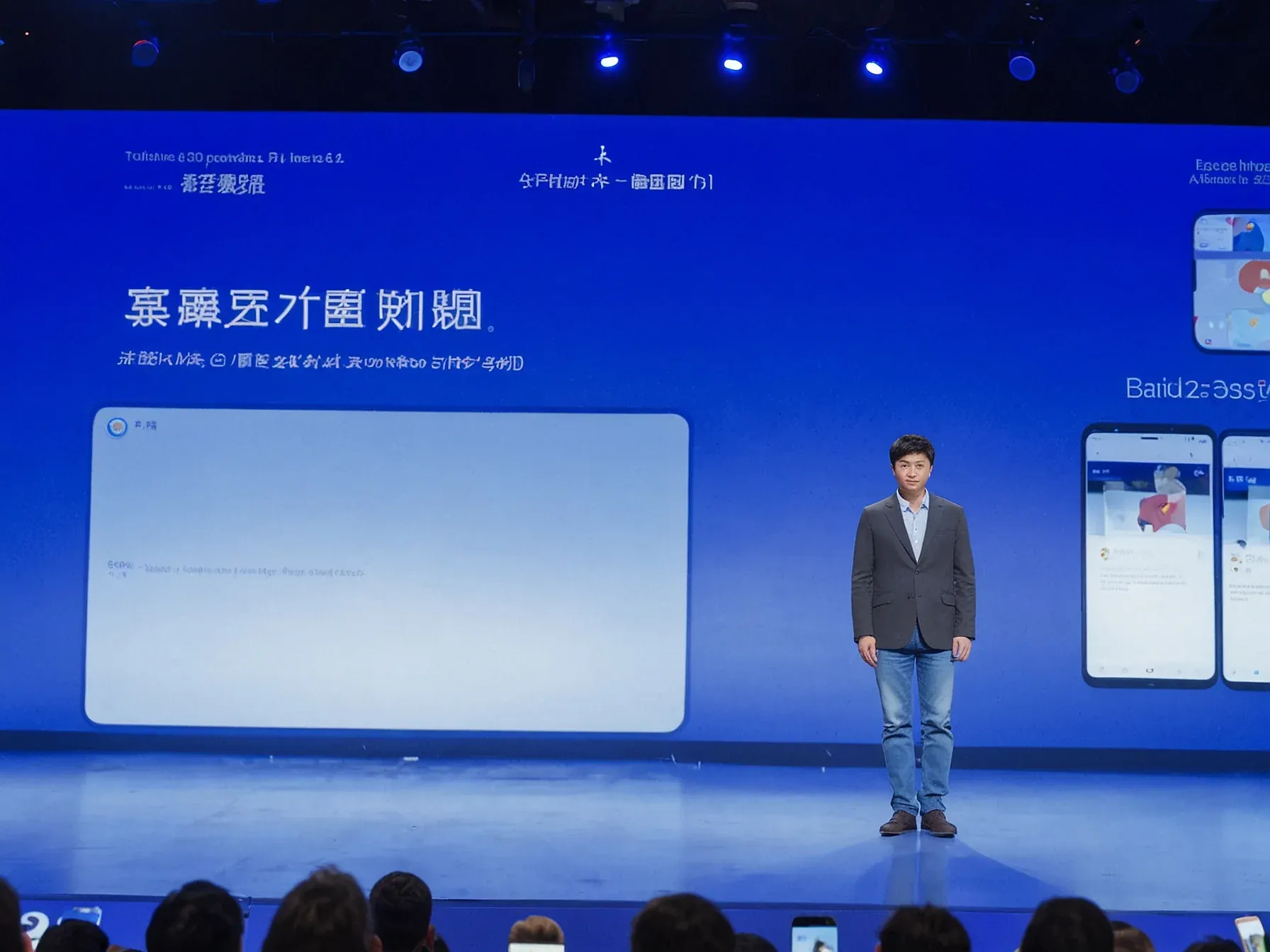
Analyzing KV Cache Memory Use in LLMs with 32‑Layer Model Example
Why does KV cache size matter for large language models? When a transformer processes a prompt, it stores key and value tensors for each attention head so that subsequent tokens can be generated without recomputing earlier layers. That storage grows with the model’s depth, the number of heads, the dimensionality of each head, and the batch size.
In practice, developers often hit memory limits on GPUs when they try to scale inference beyond a few hundred tokens. Knowing the exact footprint lets engineers decide whether to shrink the context window, off‑load to CPU, or adjust batch sizing. The following breakdown isolates the four parameters that drive that consumption.
For illustration, consider a model with thirty‑two layers, thirty‑two heads per layer, a head dimension of one hundred twenty‑eight, and a single‑item batch. Real‑world deployments typically run larger batches, but this baseline helps quantify the baseline cache demand. That calculation also reveals why some providers cap context windows at a few thousand tokens.
By plugging the numbers into the formula, you can predict whether a given GPU will accommodate the cache without spilling to slower memory.
To understand how much memory KV cache consumes for a certain model, we need to understand the following 4 variables here:- Let's assume the following values for our use case: num_layers = 32, num_heads = 32, head_dim = 128, and batch_size = 1 (actual deployments usually have higher batches). KV cache per token = 2 * (num_layers) * (num_heads * head_dim) * precision_in_bytes * batch_size Why the 2? Because we store two matrices per token - K and V matrices KV cache per token = 2 * 32 * (32 * 128) * 2 * 1 = 524288 B = 0.5 MB We need 0.5 MB to store KV per token across all the layers and heads.
The numbers speak for themselves. With 32 layers, 32 heads and a 128‑dimensional head, even a batch of one quickly fills a GPU’s memory budget once the KV cache expands beyond a few dozen tokens. Because each new token adds another set of key‑value pairs for every layer, the memory footprint grows linearly with sequence length, a fact that mirrors the early transformer limitations noted in the 2017 “Attention is all you need” paper.
In practice, most deployments run larger batches, so the real‑world consumption will be higher than the example suggests. It remains unclear how much headroom typical hardware offers for longer generations without resorting to off‑loading or quantisation tricks. The four variables highlighted—layer count, head count, head dimension and batch size—provide a straightforward way to estimate KV cache demands, but they omit factors such as precision format or optimizer state, which can also sway memory use.
Until those additional elements are quantified, the exact ceiling for safe token lengths stays uncertain.
Further Reading
- Master KV cache aware routing with llm-d for efficient AI inference - Red Hat Developers
- Expected Attention: KV Cache Compression by Estimating - OpenReview
- An Efficient KV Cache Layer for Enterprise-Scale LLM Inference - LMCache
- Introduction to KV Cache Optimization Using Grouped Query Attention - PyImageSearch
- An I/O Characterizing Study of Offloading LLM Models and KV Cache - AT@Large Research
Common Questions Answered
How is the KV cache memory per token calculated for a 32‑layer model?
The KV cache per token is computed as 2 × num_layers × (num_heads × head_dim) × precision_in_bytes × batch_size. For the example with 32 layers, 32 heads, a head dimension of 128, batch size 1, and typical 16‑byte precision, this yields a substantial memory requirement per token.
Why does the KV cache size grow linearly with sequence length?
Each new token generated adds a fresh set of key and value matrices for every transformer layer, effectively duplicating the KV cache footprint for that token. Consequently, as the sequence length increases, the total KV cache memory expands in direct proportion, leading to linear growth.
What impact does a batch size greater than one have on KV cache memory usage?
Increasing the batch size multiplies the KV cache memory by the batch factor because the formula includes batch_size as a multiplier. Therefore, a batch of two would roughly double the memory consumption compared to a batch of one, quickly exhausting GPU memory limits.
Which factors besides the number of layers most significantly affect GPU memory consumption for KV caches?
The number of attention heads, the head dimension (head_dim), and the precision of stored tensors (precision_in_bytes) are the primary contributors alongside layer count. Larger head counts, higher dimensionality, or using higher‑precision formats like FP32 dramatically increase the per‑token KV cache footprint.




